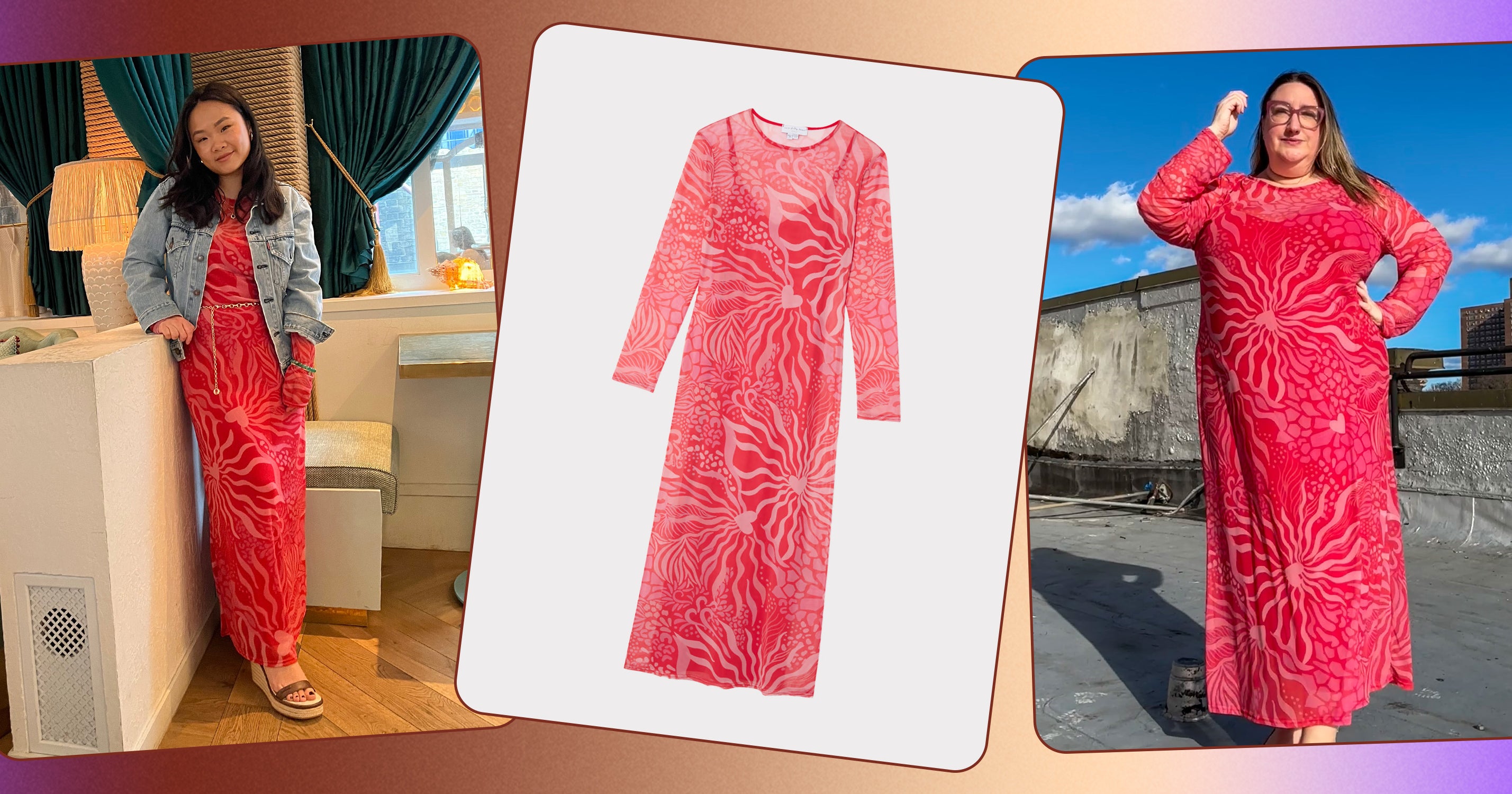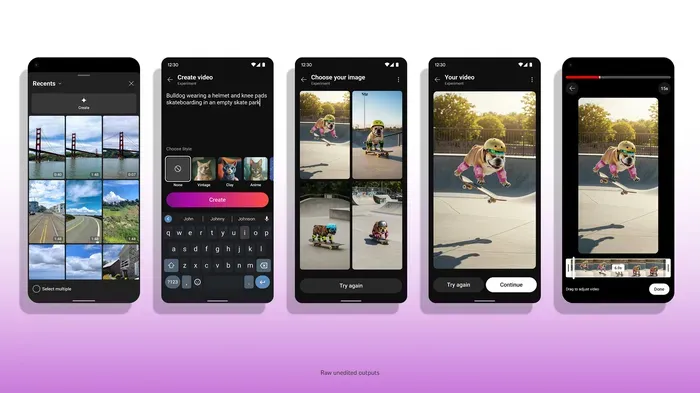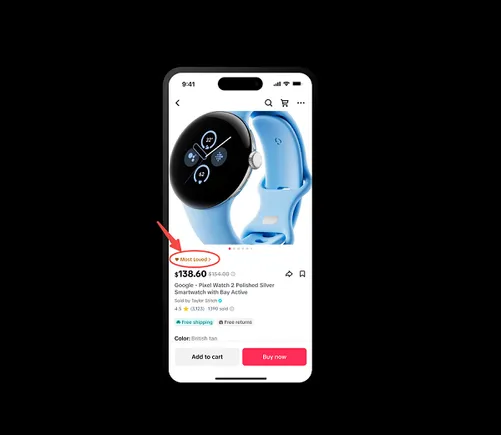One of the most critical steps in any data science project is to visualize your data to explore and interpret your findings. Visualizing your data at the start of the project can help you better understand it and spot patterns and trends.
Once you’ve completed your analysis and applied various Machine Learning models, data visualization will help you communicate your findings more effectively. The ability to visualize data effectively can make or break a project.
If you spent a lot of time analyzing and modeling your data but presented your findings with the wrong chart type, your audience will have no idea how much effort you put in or how to use the results. Since humans are visual creatures by nature, applying visualization techniques can help in making data easily understandable.
The ability to visualize data effectively can make or break a project. If you spent a lot of time analyzing and modeling your data but presented your findings with the wrong chart type, your audience will have no idea how much effort you put in or how to use the results.
Importance Of Data Visualization
Data visualizations are an integral part of any data analysis because they can efficiently summarize large amounts of data in a graphical format. Choosing the correct visualization to represent your data is one of the most challenging parts of the analysis process. There are numerous chart types to choose from, each with advantages and applications.
Some of the most common roles of data visualization include:
- looking at how data is distributed
- observing relationships between variables
- showing a part-to-whole composition
- showing change over time
- comparing values between groups and
- looking at geographical data
Which chart will work best within each role depends on the types of variables you’re analyzing and the audience for the visualization. Depending on these factors, specific visualizations can be used for multiple purposes.
Choosing The Correct Information Data Visualization Methodologies
Choosing the right chart type is always essential while visualizing the data. Although your data works with multiple chart types, selecting the appropriate one will ensure your message is clear and accurate. However, It’s critical to understand why you need a chart before creating one.
Charts, maps, and infographics aid in understanding complex data discovering patterns, identifying trends, and then tell a story. Consider the message you want to deliver to your audience.
Types Of Data Visualization Charts
A clear understanding of what you want to analyze is the foundation of any successful data visualization. You can effectively illustrate any information once you understand the true purpose of these data visualization techniques and avoid some common pitfalls when using them.
The following are different types of data visualization charts that help you illustrate your data:
Bar Chart
A bar chart divides a metric into distinct categories, a fundamental goal of data analysis. A stacked bar chart further divides everything into sub-categories. Depending on which variation you choose, you can arrange the bars vertically or horizontally.
In all cases, however, the y-axis must begin at zero. Otherwise, the differences between your bars will be exaggerated, distorting their relative sizes.
Pie Chart
Because a pie chart comprises parts of a whole, the values must add up to 100%. However, people frequently abuse this data visualization by displaying several unrelated measures in one location. They also make pie charts with multiple slices, which is bad practice because humans can’t interpret 2D angles accurately.
As a result, a pie chart should only be used when splitting a measurement into five parts or less. Anything more than that is most likely a bar chart.
Sparkline
A sparkline is a simple representation of past activity that can quickly give your results historical context. A sparkline, like a line chart, depicts change over time. Its shape indicates whether a trend has been stable, cyclical, or volatile. It, however, lacks a labeled axis, and plot points are reserved for the most recent or high and low values, unlike a line chart.
Line Chart
A line graph links points to show how their values change over time (e.g., years, months, or days). Because the line’s overall shape can indicate increases, decreases, fluctuations, and other patterns, it’s ideal for trend analysis.
A line chart helps evaluate relationships between different measures, such as real GDP and real median household income. In contrast to a bar chart, the y-axis does not have to start at zero.
Scatter Plot
The sole purpose of a scatter plot is to show whether or not two variables — one plotted along the x-axis and the other plotted along the y-axis — have a correlation. The correlation is positive when they both increase. The correlation is negative when one increases while the further decreases.
There is no correlation if there is no discernible pattern in either direction. If your scatter plot shows a positive or negative correlation, consider adding a trend line to emphasize the relationship.
Bullet Chart
A bullet chart is a straightforward replacement for a gauge, which is a data visualization inspired by a car dashboard. It compares a single metric to a target value and performance ranges (e.g., bad, satisfactory, suitable). A bullet chart is similar to a bar chart, but it only has one bar and graded levels.
Box Plot
A box plot shows how a set of numbers is distributed. The box is formed by the first, second, and third quartiles, with the outside lines extending to the maximum and minimum values. Whether high or low, any outliers appear as dots outside their respective ends.
A box plot is a useful data visualization tool for test scores, salaries, load times, and anything else that can’t be expressed in a single value (like an average or total).
Choropleth & Symbol Maps
A choropleth map, derived from the Greek words “region” and “multitude,” uses color to indicate a value in specific locations. It’s ideal for displaying variation within a geographical area.
Regional metrics like population density must be used because the data in a choropleth map must be relative to a specific area. Many people mistake encoding this data visualization with whole numbers, such as population size, in which case a symbol map is required.
Table
Data is organized into columns and rows in a table. Thanks to the format, readers will find it easier to look up information based on a specific combination of factors. It’s beneficial for financial analysts who rely on detailed reports with exact figures.
A table is an excellent addition to data visualizations that only show a “snapshot” of data. Introduce grid lines or alternating colors to help your readers scan data in tables with multiple columns or wide rows.
Single Value
You may only need to share single values when presenting high-level updates to your readers. Totals, averages, and rates are helpful metrics for summarizing large datasets in a single number. To make these figures more readable, consider rounding and abbreviating them. Visual indicators, such as their percent difference from a previous period, can provide more context.
Conclusion
There are numerous types of data visualization graphs to choose from. However, you cannot pick any chart to visualize any data at random. As a result, you must be clear on what you want to analyze and which Data Visualization tools will best assist you.



























































![6 Essential Ingredients for Winning Ads [Infographic] 6 Essential Ingredients for Winning Ads [Infographic]](https://imgproxy.divecdn.com/uTNt2ASUWhVsKl22uIAMtoyUXTeSV_b9Sst3p7mB1gg/g:ce/rs:fit:770:435/Z3M6Ly9kaXZlc2l0ZS1zdG9yYWdlL2RpdmVpbWFnZS82X2FkX2VsZW1lbnRzXzIucG5n.webp)








![30 Engaging Hooks for Instagram Reels [Infographic] 30 Engaging Hooks for Instagram Reels [Infographic]](https://imgproxy.divecdn.com/35XuSvKLoQuDRcTkaErdUj62QFq1x2ZS1HAdklmGgY0/g:ce/rs:fit:770:435/Z3M6Ly9kaXZlc2l0ZS1zdG9yYWdlL2RpdmVpbWFnZS9yZWVsc19ob29rczIucG5n.webp)


